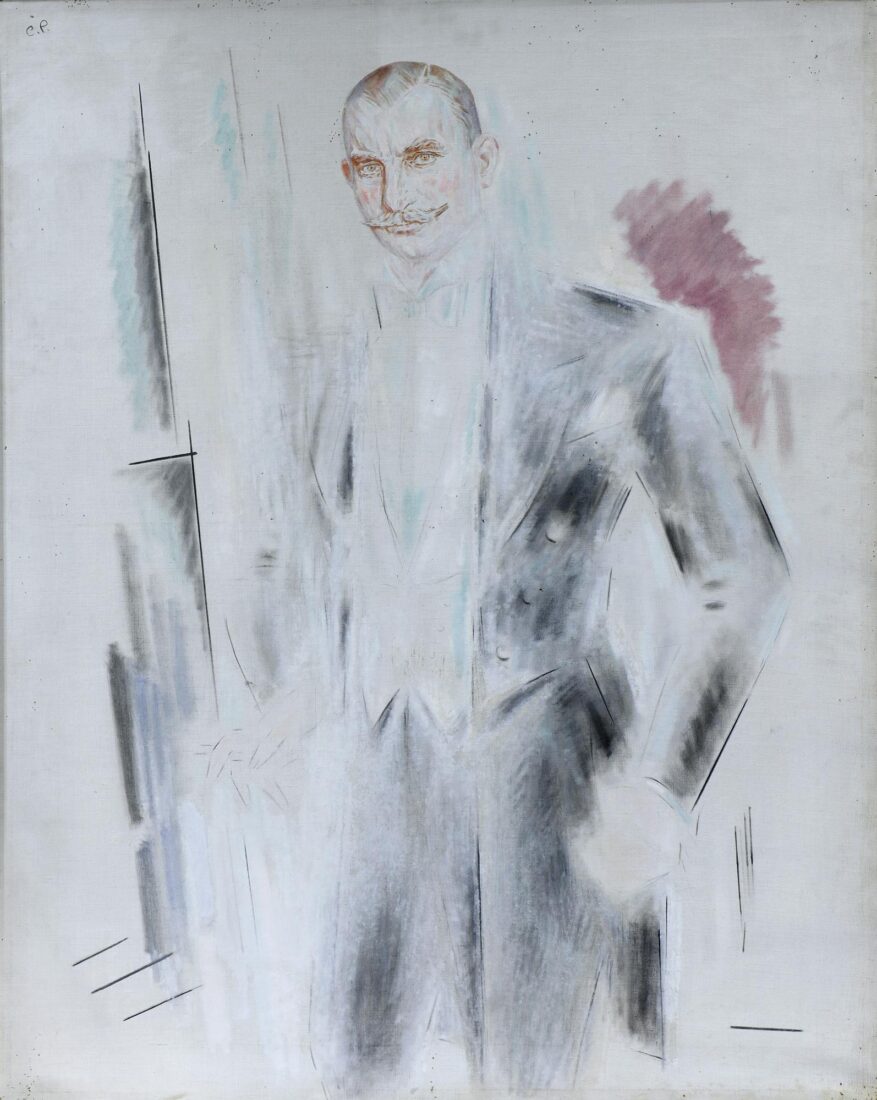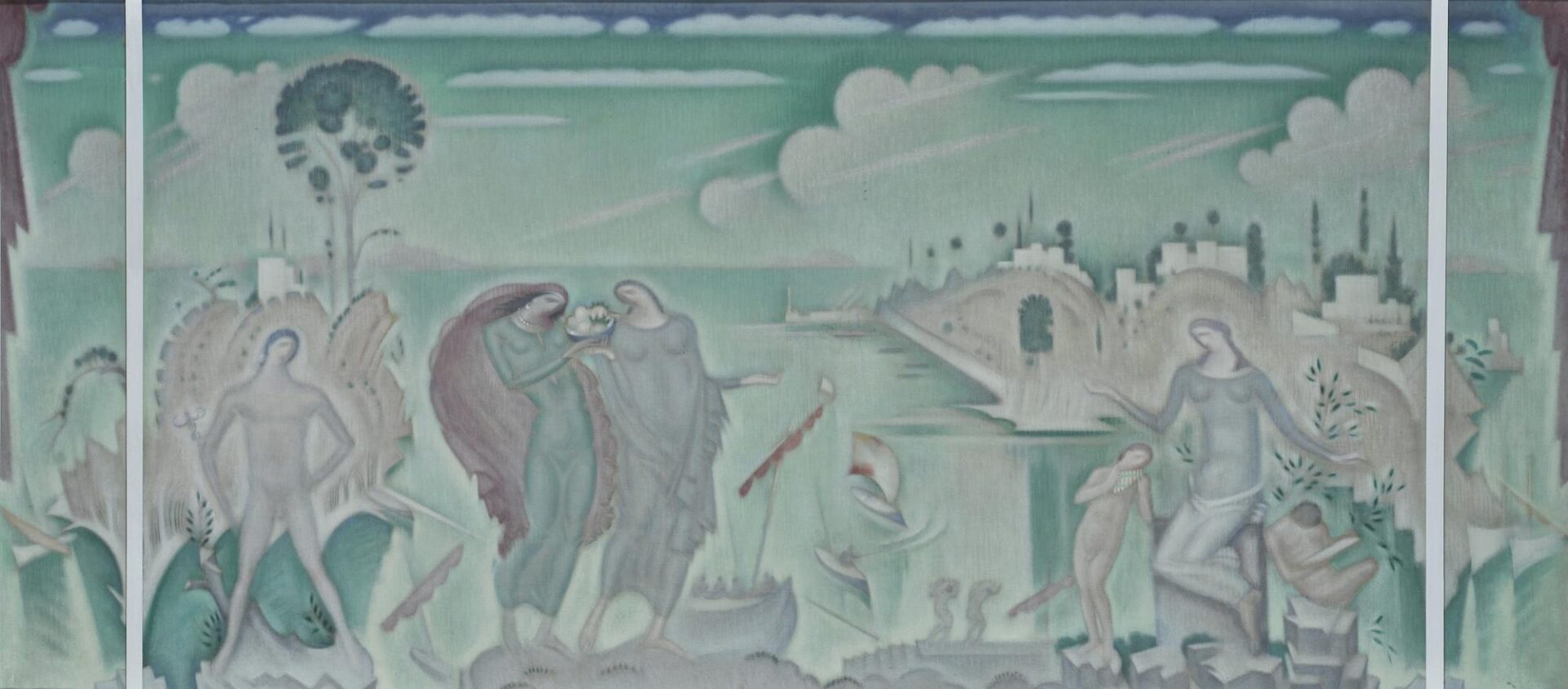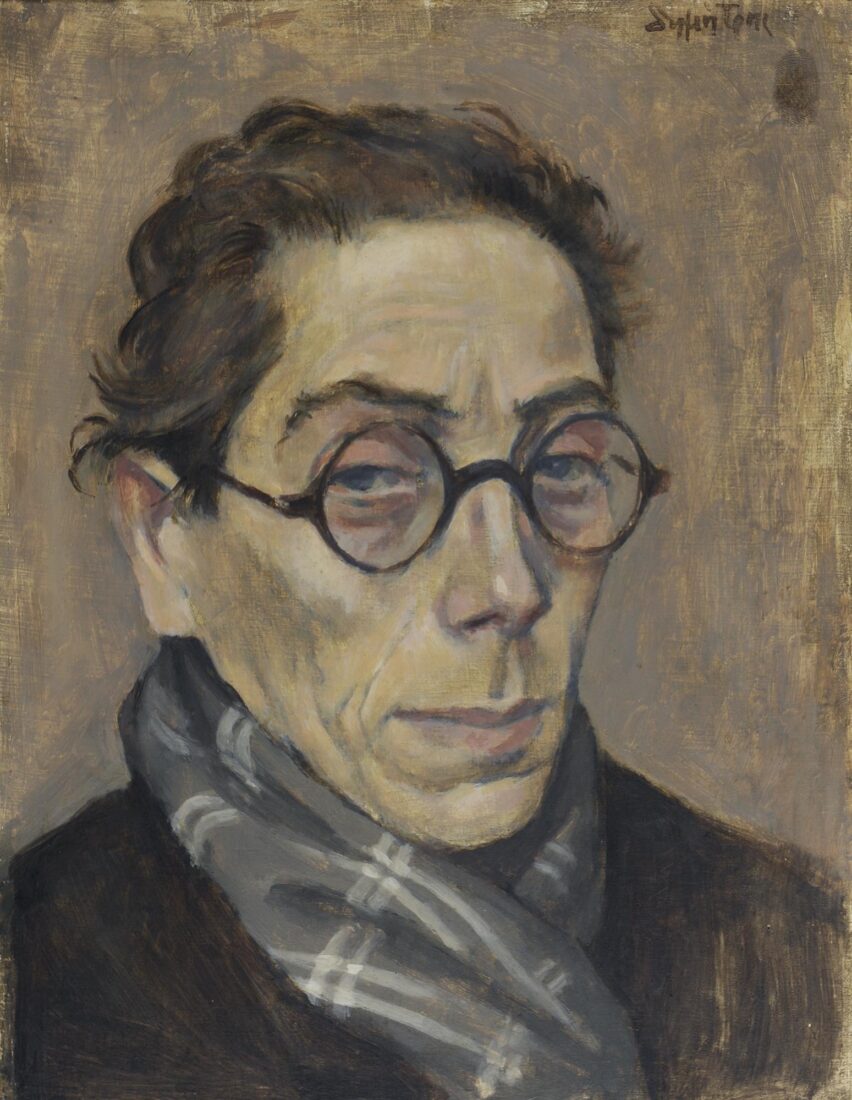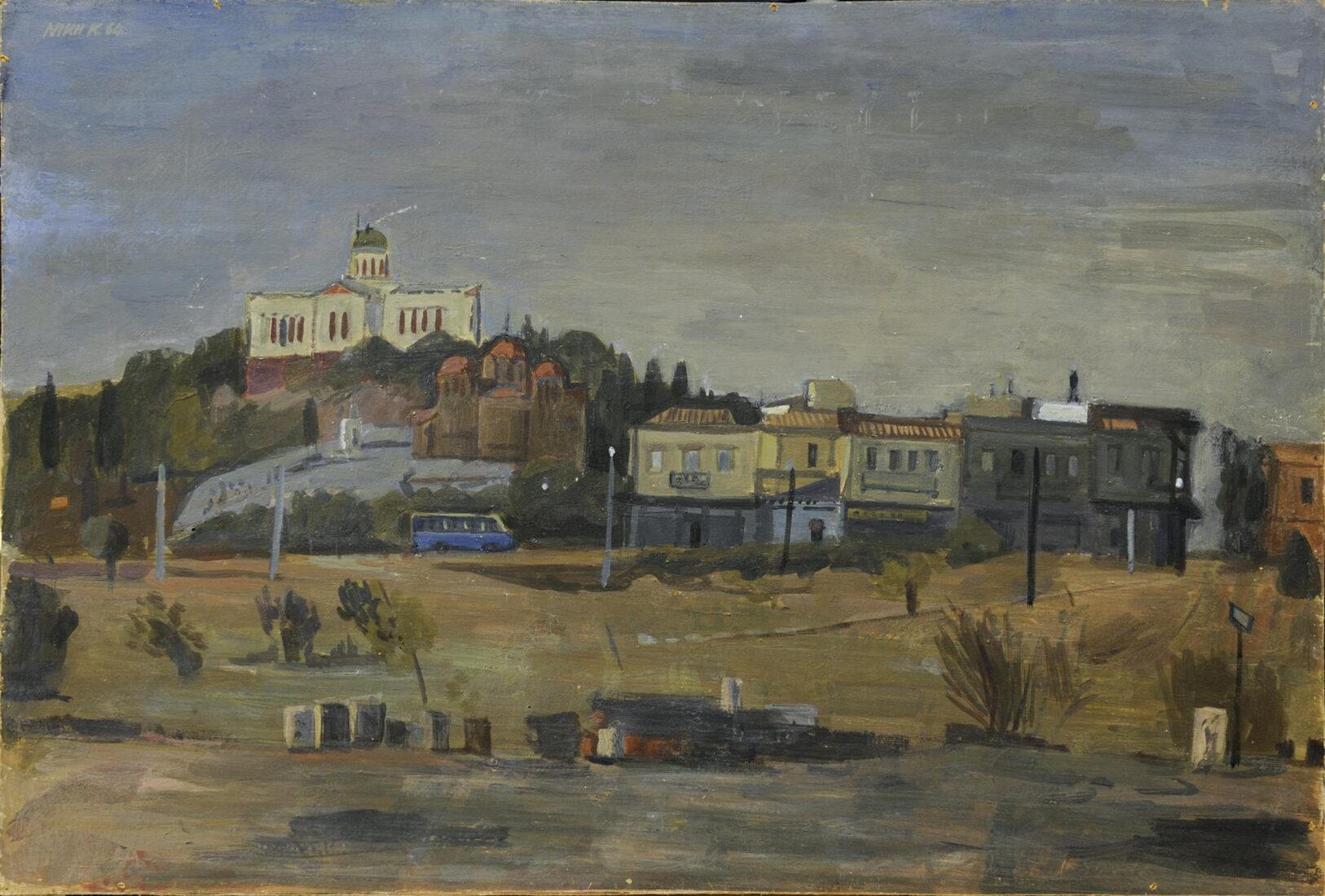

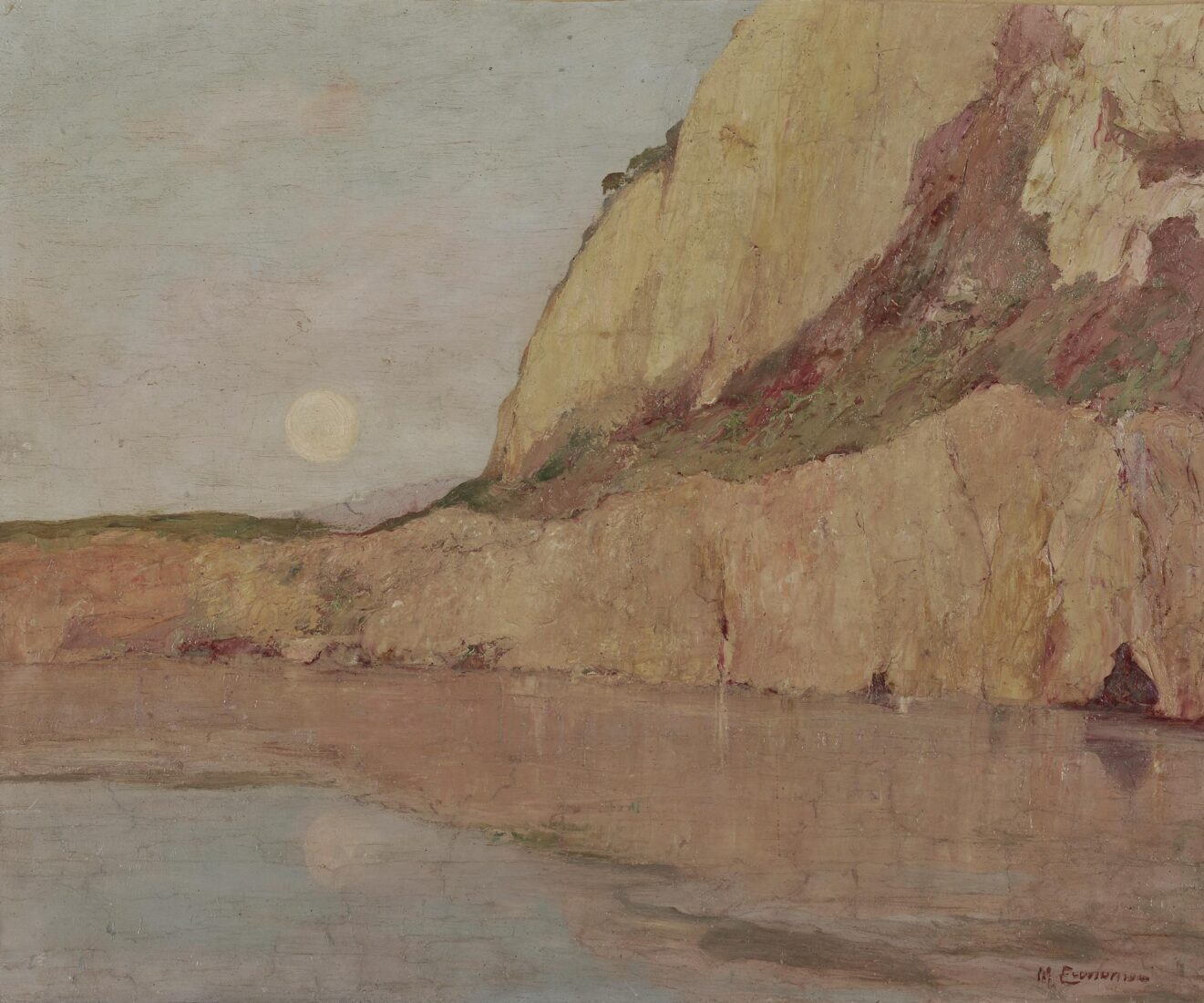
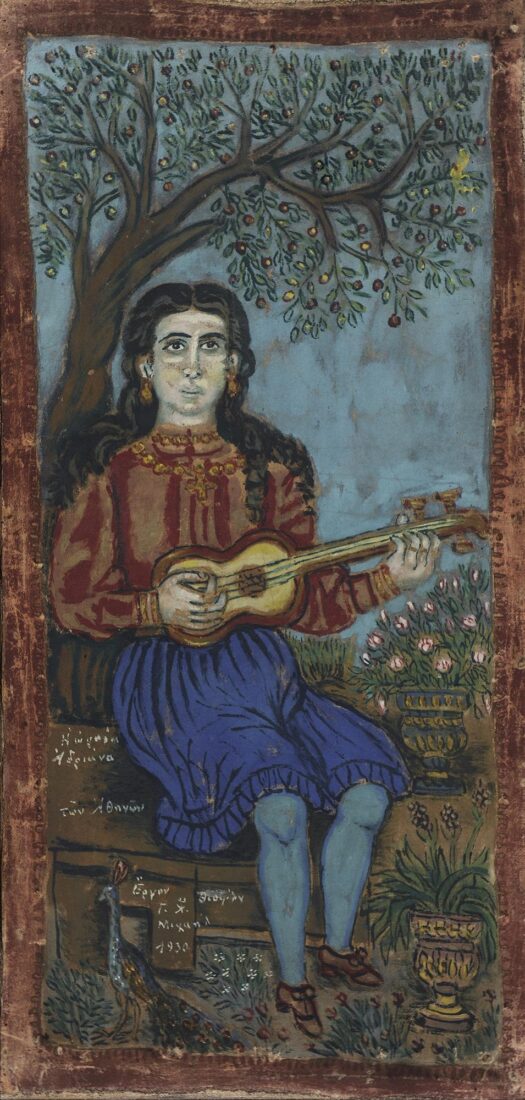
The “”Beautiful Adriana of Athens”” is playing her guitar, seated underneath a cherry tree laden with fruit, in a garden adorned with plants in bloom in which a peacock goes about. Adriana’s hair is loose, and she is wearing beautiful, colourful clothes. The scene is enclosed in a painted red frame. There are some drawing mistakes, yet the qualities that made critics and painters consider Theofilos a modern artist are here to admire. The folk painter rejects the third dimension, just like modern painters. The image develops without perspective, on the surface. Note for instance how each flower pot is painted one behind the other. The most distant pot is simply placed higher up. Not smaller, neither rendered in perspective. The clear outlines define the boundaries of colour.
Theofilos’ treatment of colour is admirable. Every colour is vivid and kept within the same dense tone. It is this that gives the surface its unity. The ochre on the ground and the girl’s blouse, tinged with red shades, the blue skirt, the light blue socks with blue shades, the blue sky, all create a lush harmony enchanting the viewer.
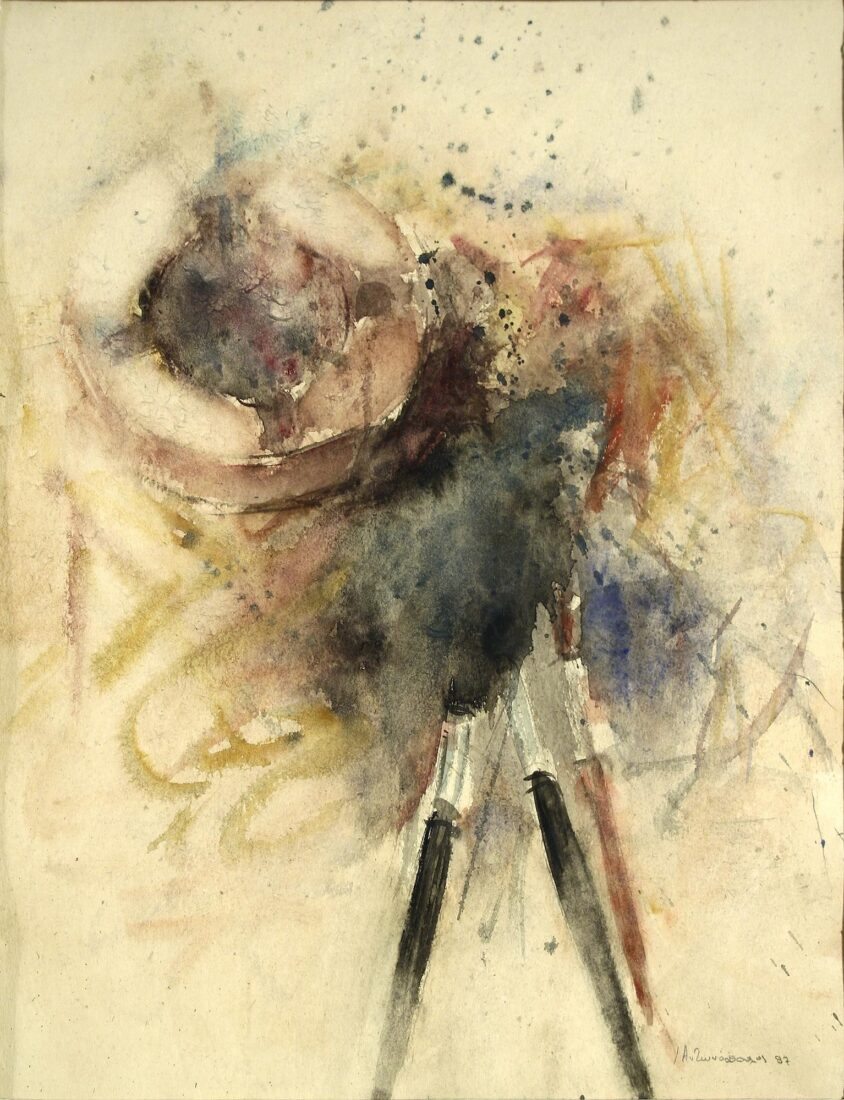
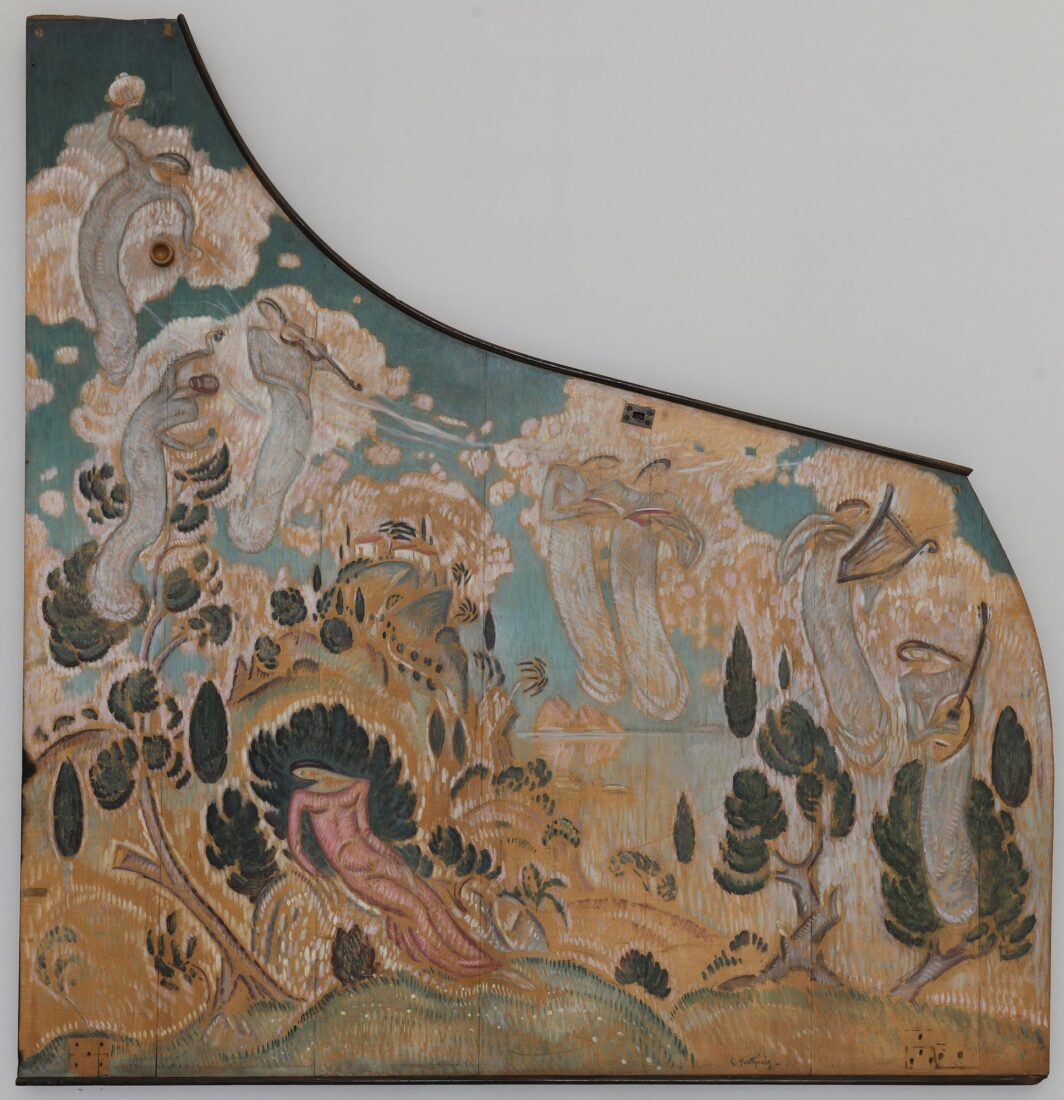
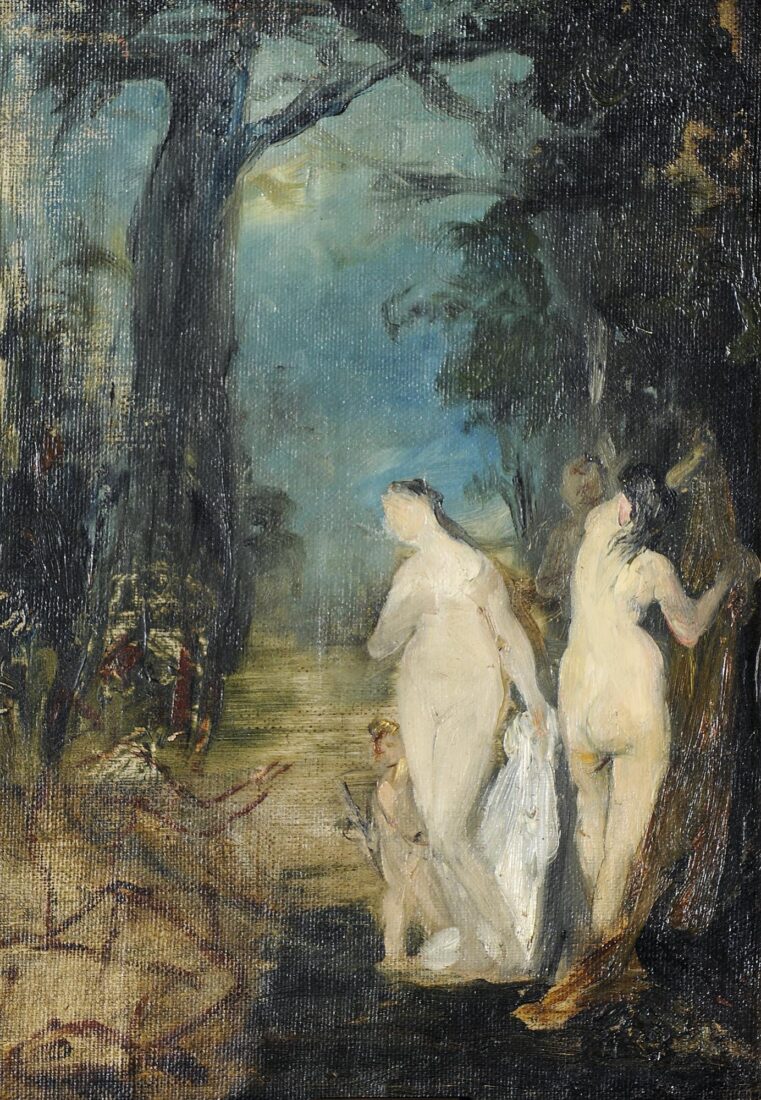
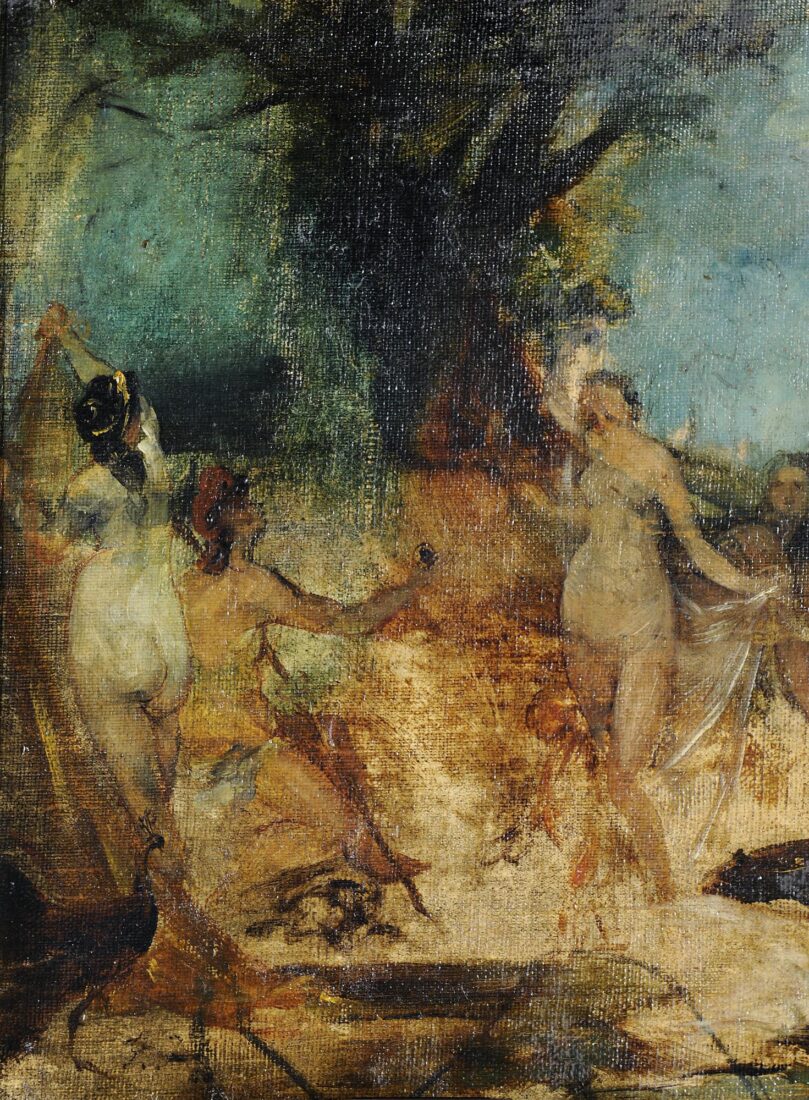
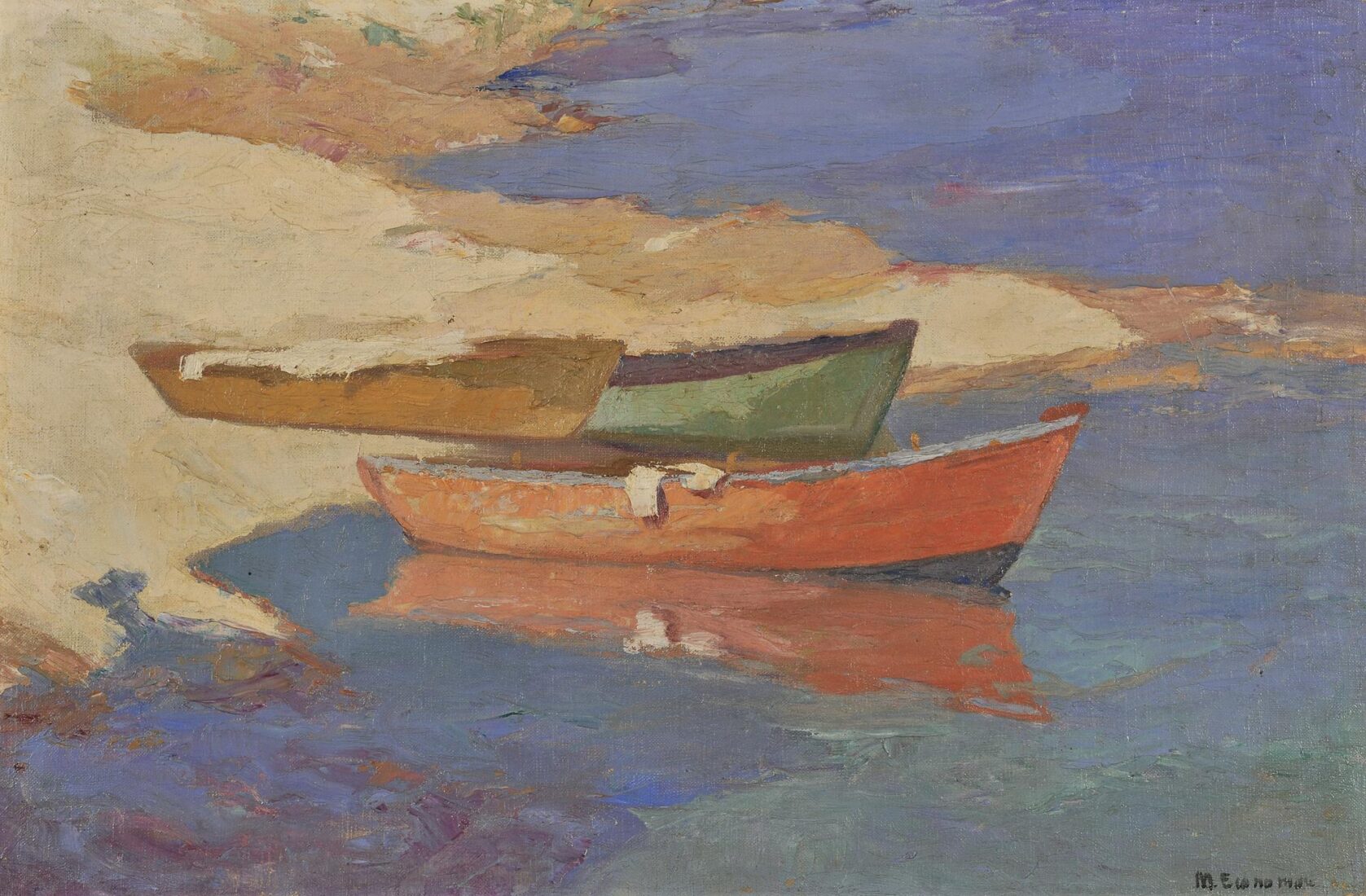
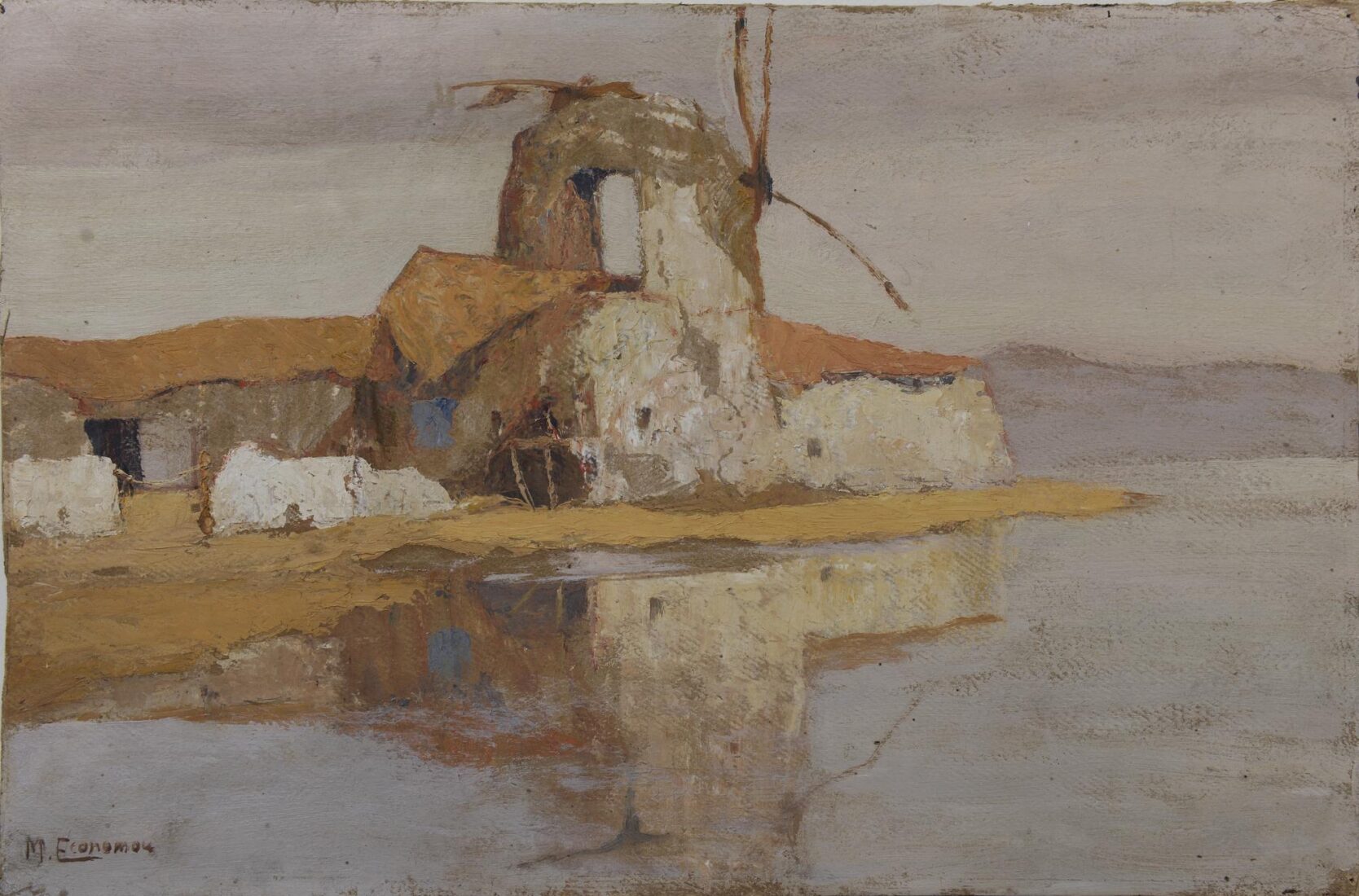
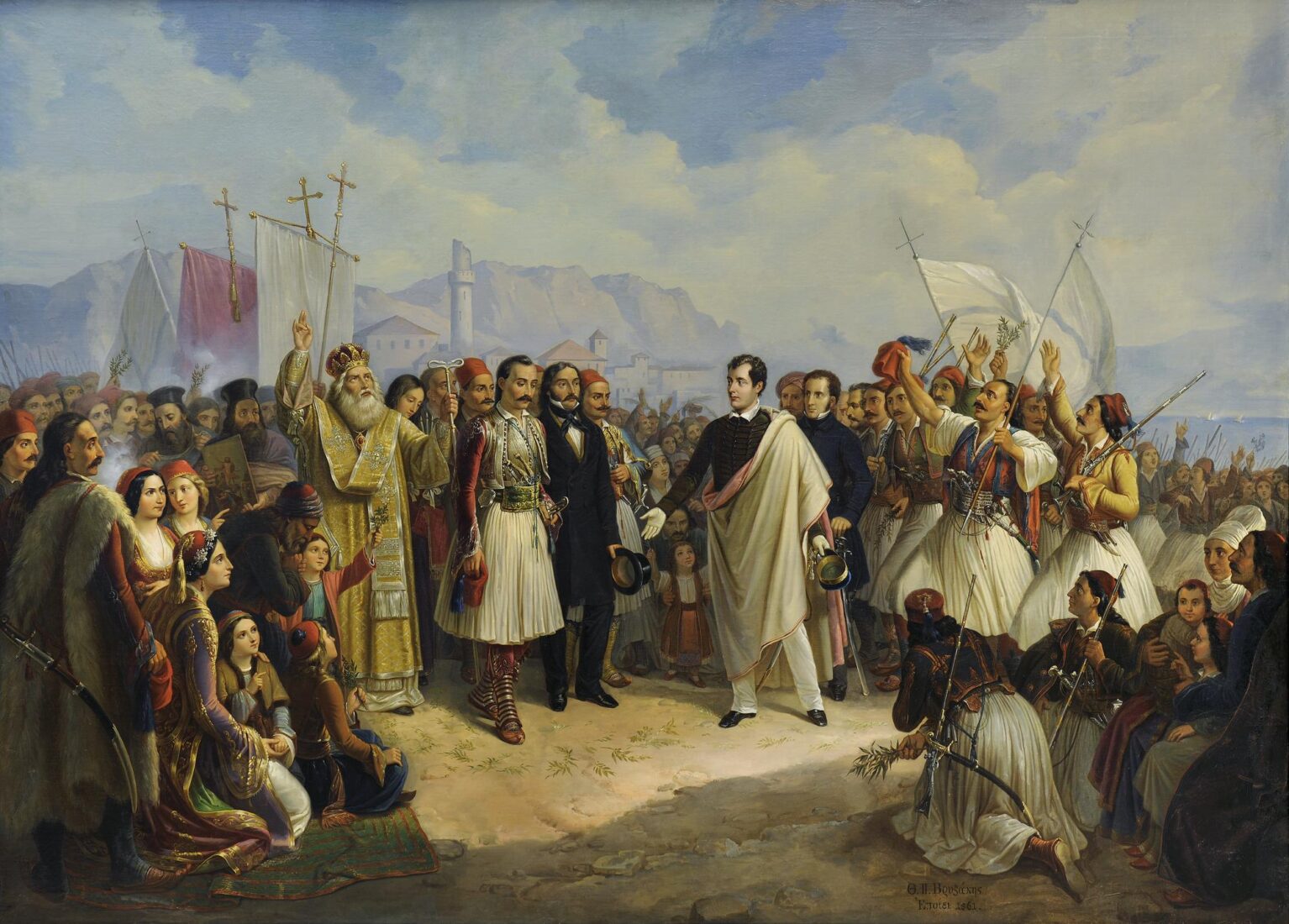


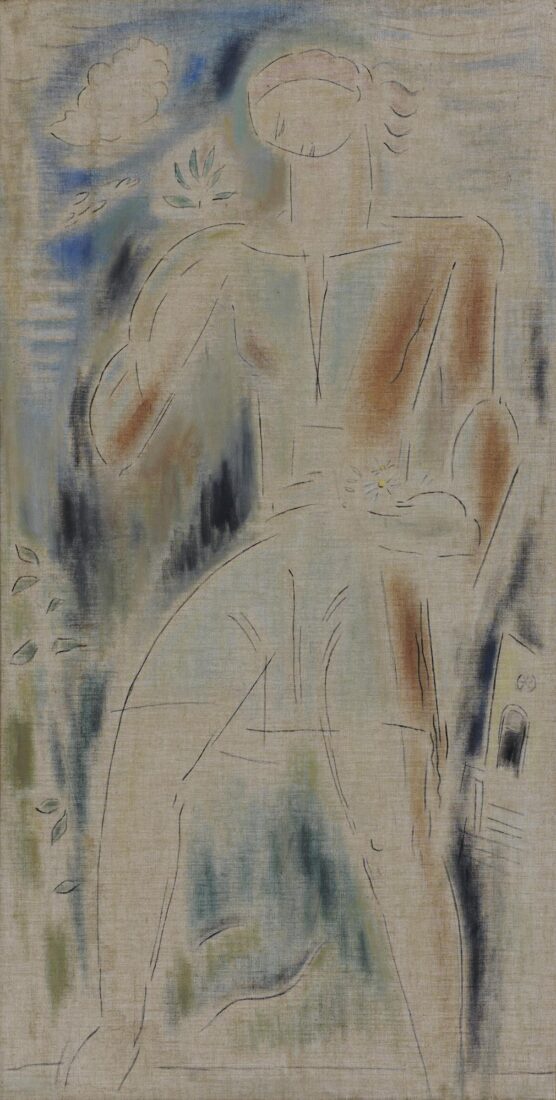
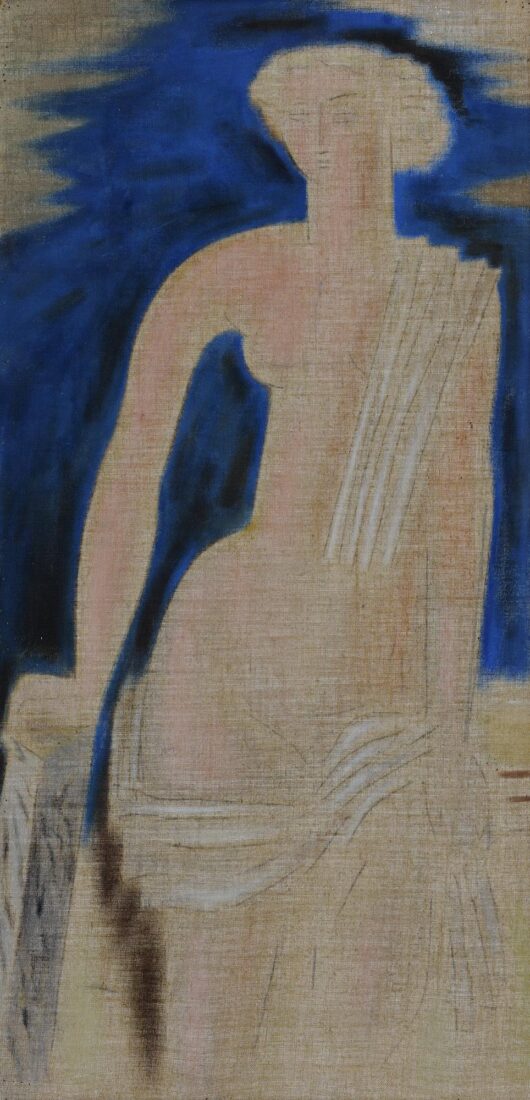
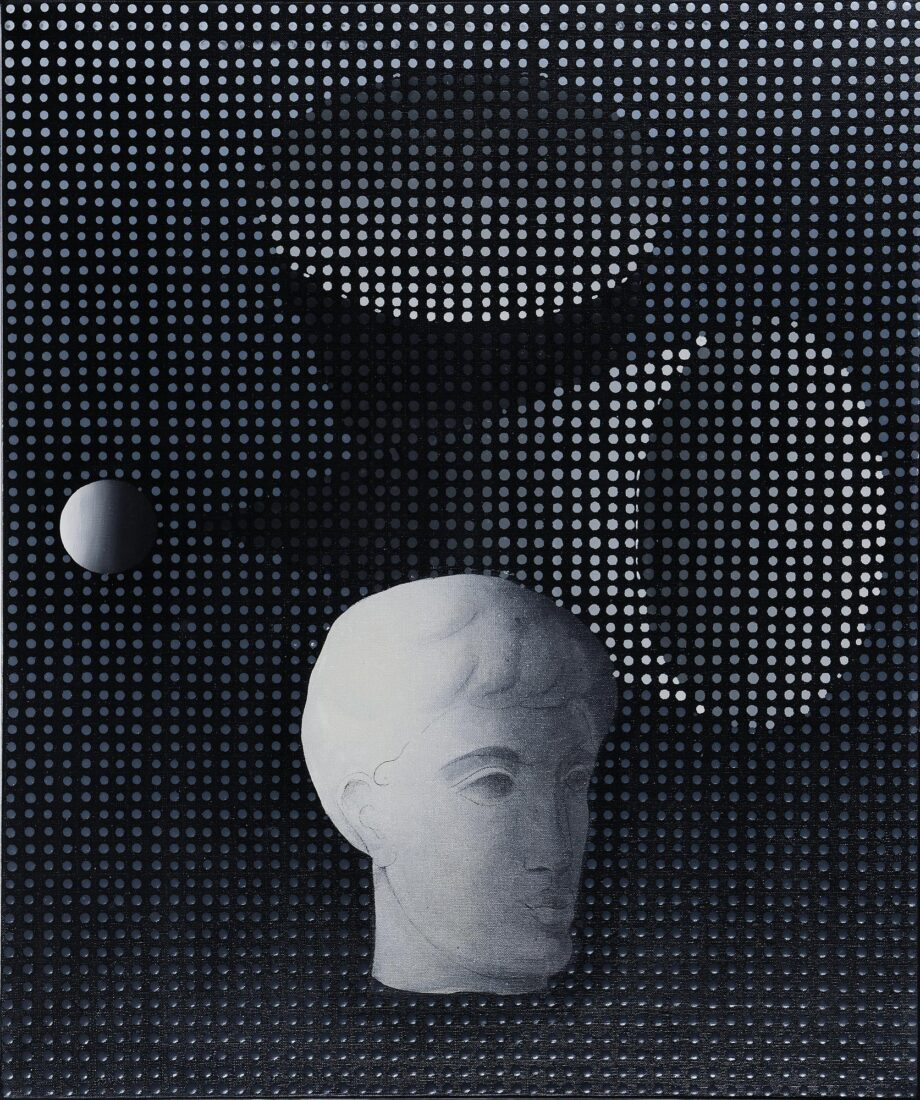
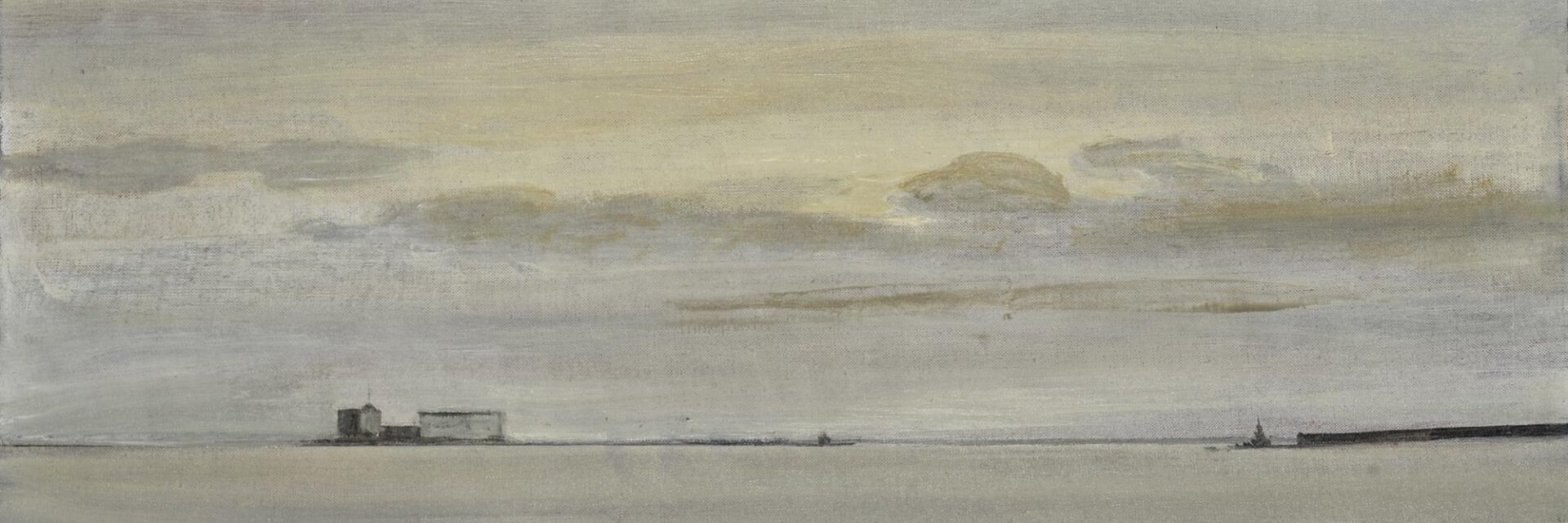
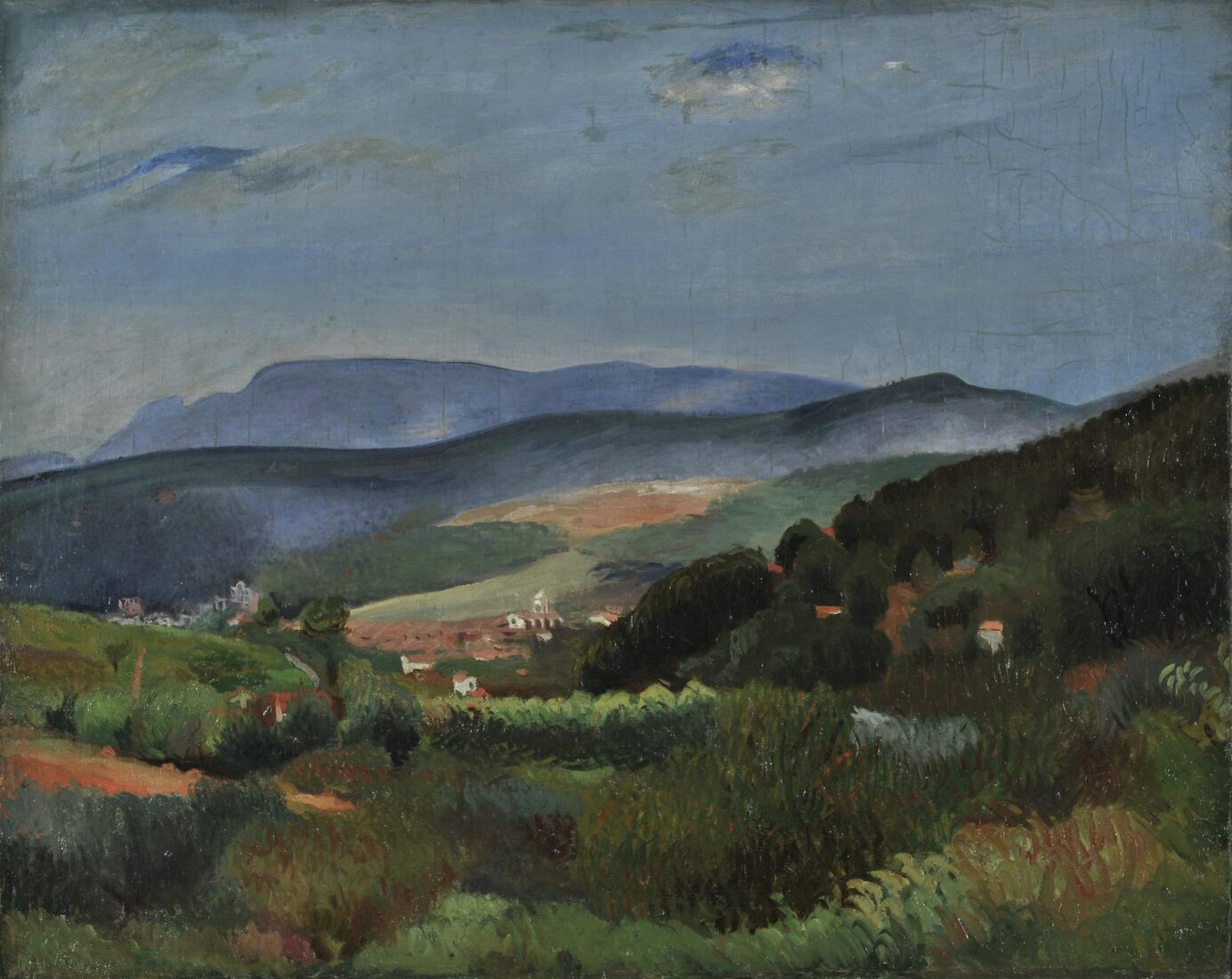
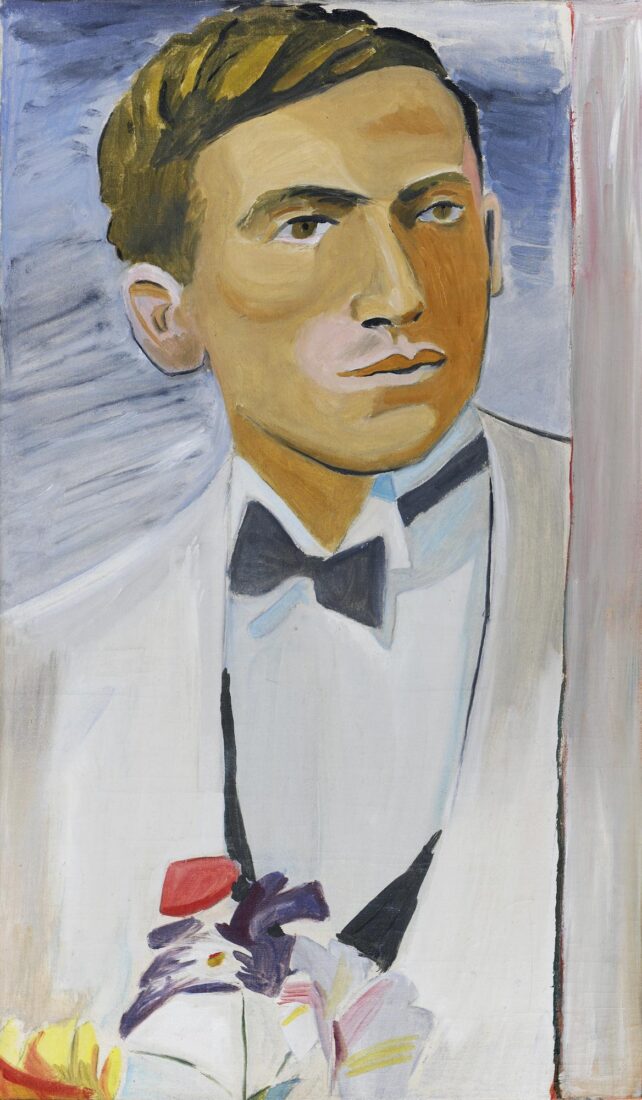

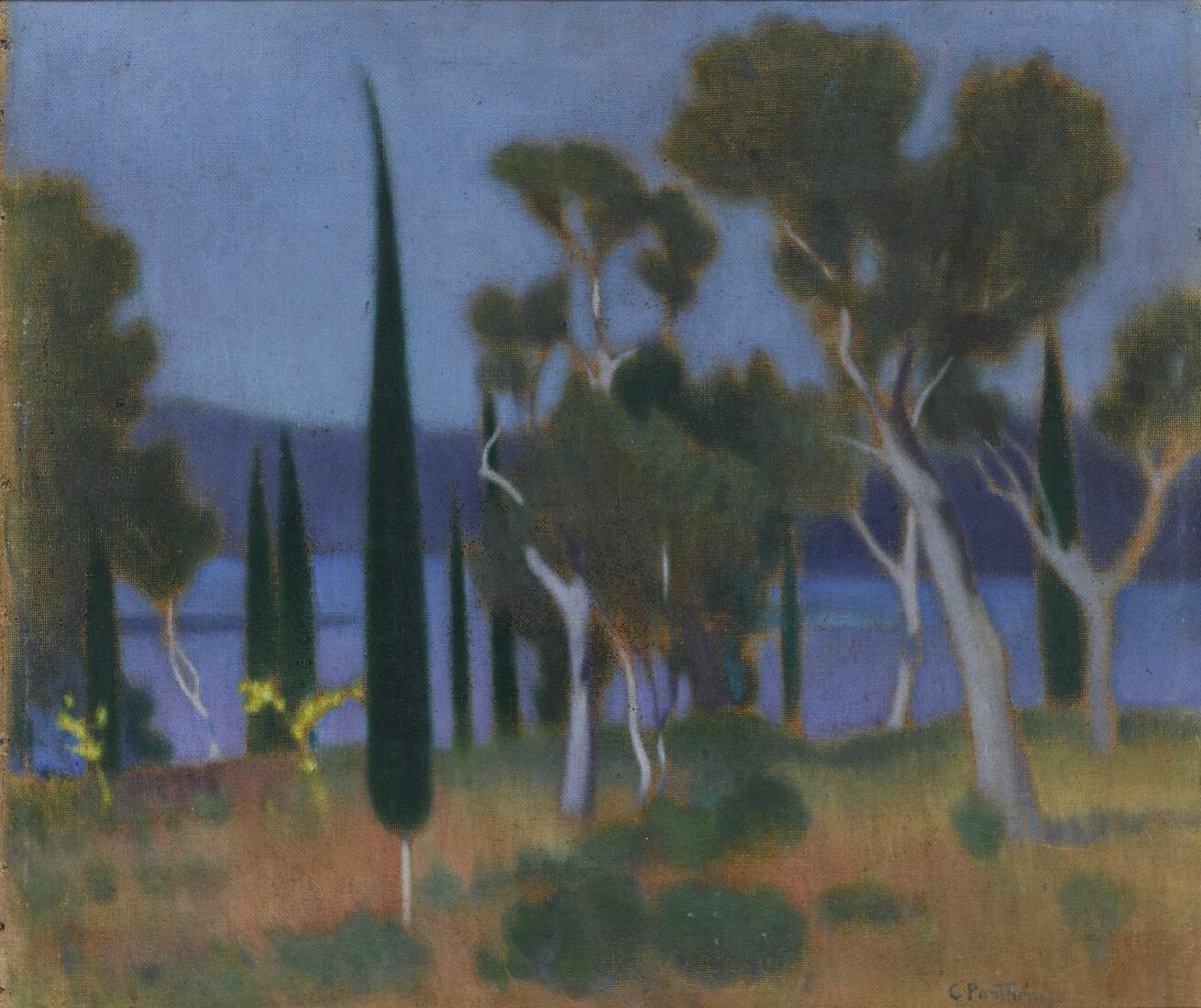
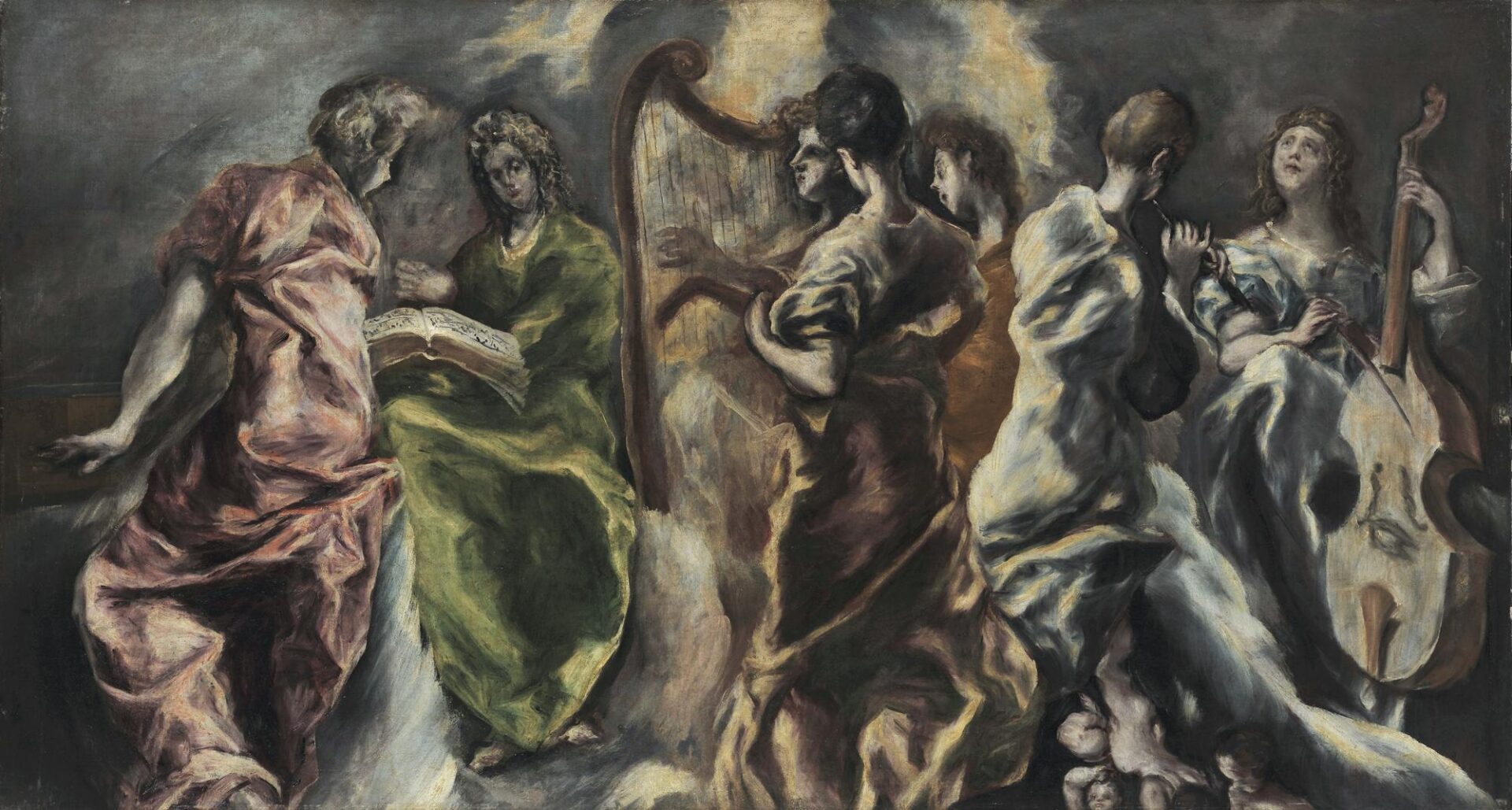
This strange yet “modern” painting is the heavenly section of an “Annunciation”, today in the collections of a Madrid bank. It is one of the very last works painted by Greco shortly before he died in Toledo in 1614. Left unfinished, the painting teaches us a lot about the artist’s technique. One notices that these angels have no wings. They are the members of a heavenly orchestra, playing period musical instruments, of the sort that the artist must have seen while living in Venice. The instruments are a spinet (a precursor of the piano), a harp, a flute and a viola da gamba. The second angel is holding the score and directing as well as singing. Note the accuracy in capturing the musicians’ gestures. The figures have been rendered in swift brushwork, and the angels’ robes sway with movement, as if they were swirling tongues of fire. Note also the iridescent palette employed by the painter: the orange in red and green, the gold in blue. Changing even as the light falls on them, such colours were called metanthounta by ancient Greeks. The painting is vibrant with inner life. The Concert may be seen as a precursor of Expressionism.
